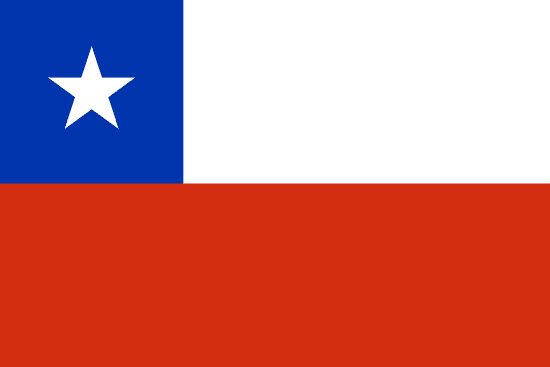"Chiloé, magia que encanta | Chiloé, magic that enchants"
About:
Chiloé is an archipelago in southern Chile, first inhabited by the Chono and Huilliche people. Spanish colonists arrived in the 16th century, introducing Catholicism and building unique wooden churches, now UNESCO World Heritage sites. Chiloé remained a Spanish stronghold until 1826, even after Chile’s independence in 1818. Its economy has traditionally relied on fishing, farming, and timber, but tourism has grown recently. The culture, rich in mythology and traditional cuisine, remains distinct from mainland Chile.
When to visit:
Chiloé, an archipelago located off the coast of southern Chile, is a destination known for its unique culture, stunning landscapes, and vibrant traditions. The best time to visit Chiloé on a holiday is during the summer months of December to February when the weather is warm and pleasant, perfect for exploring the island's lush forests, picturesque fishing villages, and iconic wooden churches. This time of year also coincides with many traditional festivals and events, offering visitors a chance to experience the rich folklore and customs of the local Chilote people. However, travelers should be prepared for higher tourist numbers and prices during this peak season.
When to avoid:
Chiloé, an archipelago in southern Chile, experiences its most challenging travel conditions during the winter months of June to August. These months bring heavy rains and strong winds, leading to potential disruptions in transportation and outdoor activities. The region's unique geography and reliance on ferries can further complicate travel during this time. Visitors planning a holiday to Chiloé are advised to consider the weather conditions and plan accordingly to ensure a smooth and enjoyable trip.
Chiloé Rainy Season
During the winter months of June to September, Chiloé, Chile experiences its coldest and wettest season. Average temperatures range from 3-11°C (37-52°F), and the region sees an average rainfall of 400mm per month. Sunlight is limited, with only 3-4 hours of daylight, and heavy cloud cover is common. On an average day, visitors can expect steady rain and chilly temperatures, with fog often rolling in from the sea. Despite the weather, the island's charm remains, with cozy firesides in local homes and restaurants, and the lush green landscapes becoming even more vibrant.
"Summer (December–February)"
In Chiloé, Chile, the warmest part of the year is from December to March, which is the summer season. During this period, average high temperatures range from 18°C to 22°C (64°F to 72°F), while lows are typically around 10°C to 12°C (50°F to 54°F).
Rainfall is significantly lower in summer compared to the rest of the year, with monthly averages of about 50-70mm. However, Chiloé is known for its frequent rain, so occasional showers can be expected even in summer.
The summer months also bring the most sunlight, with an average of 6-7 hours of sunshine per day. Humidity levels are relatively high, generally staying above 70%, which can make the air feel a bit heavy.
Cloudiness is a common feature in Chiloé's weather, and summer is no exception. While there are more clear days in summer than in other seasons, you can expect a mix of partly cloudy to overcast skies.
A typical day for a visitor during this time would start with a mild morning, warming up to a comfortably warm afternoon. The air might feel a bit damp due to the high humidity. There's a good chance of enjoying some sunshine, but always be prepared for a sudden shower. Evenings cool down, so it's advisable to have a light jacket or sweater.
Language:
In Chiloé, an archipelago in southern Chile, the most commonly spoken language is Spanish, as it is the official language of Chile. However, a significant number of the population also speaks Huilliche, a language of the Mapuche people, indigenous to the region.




